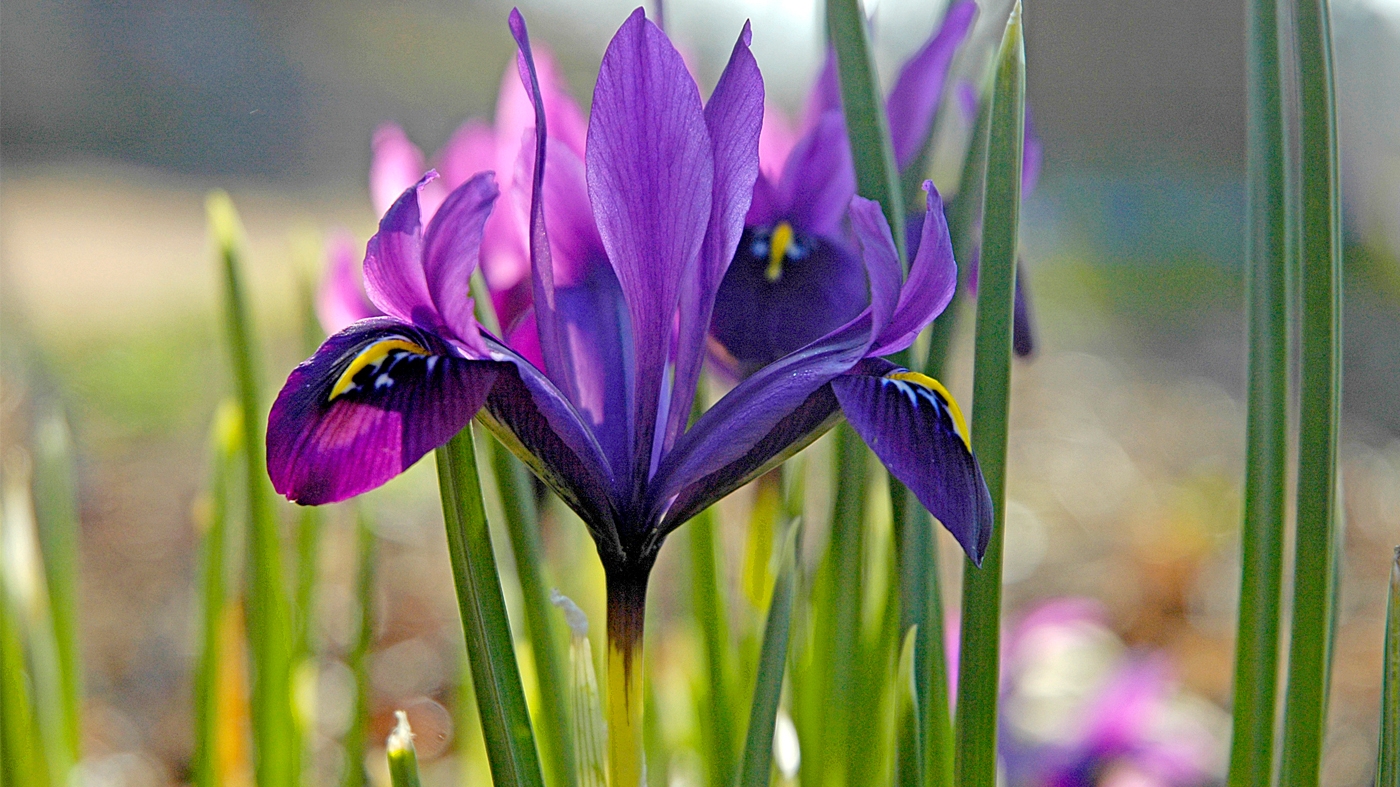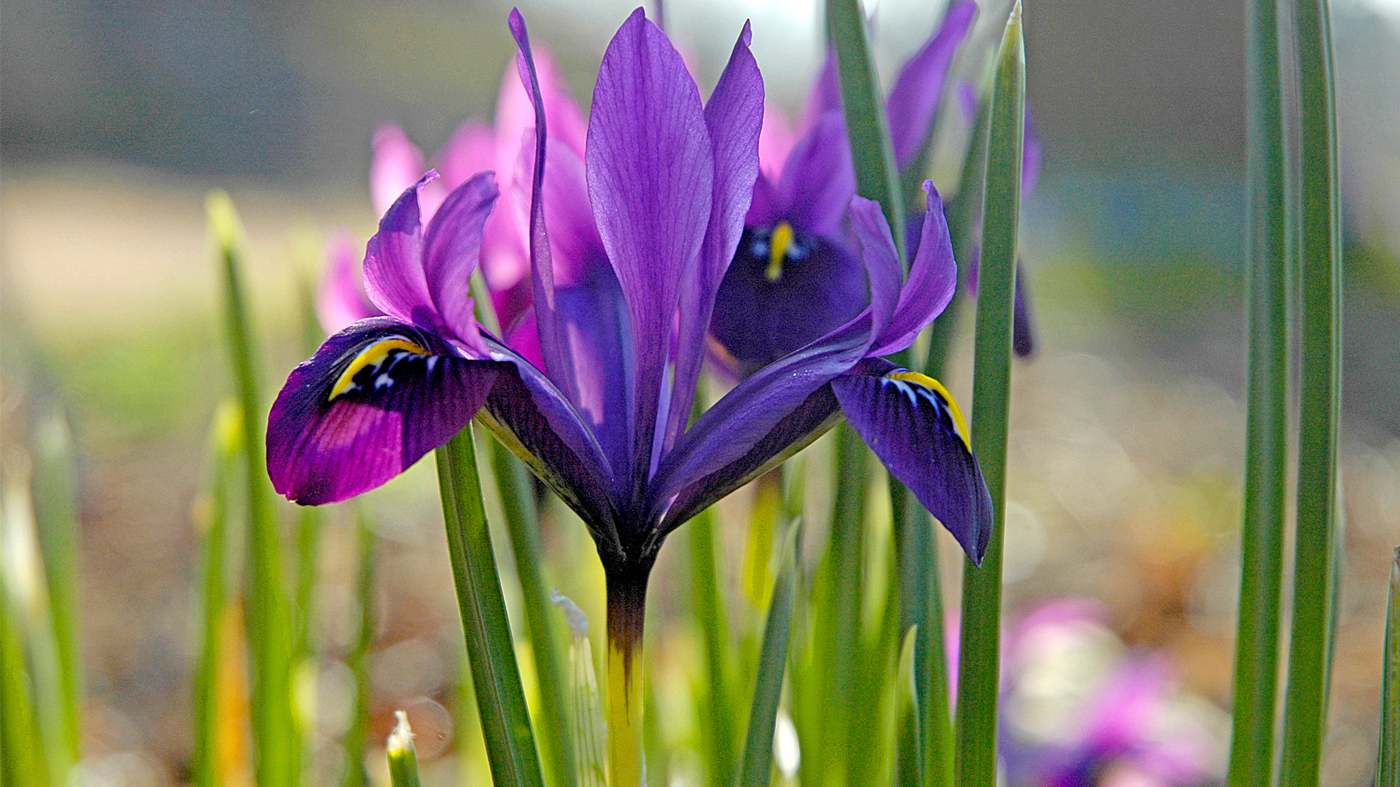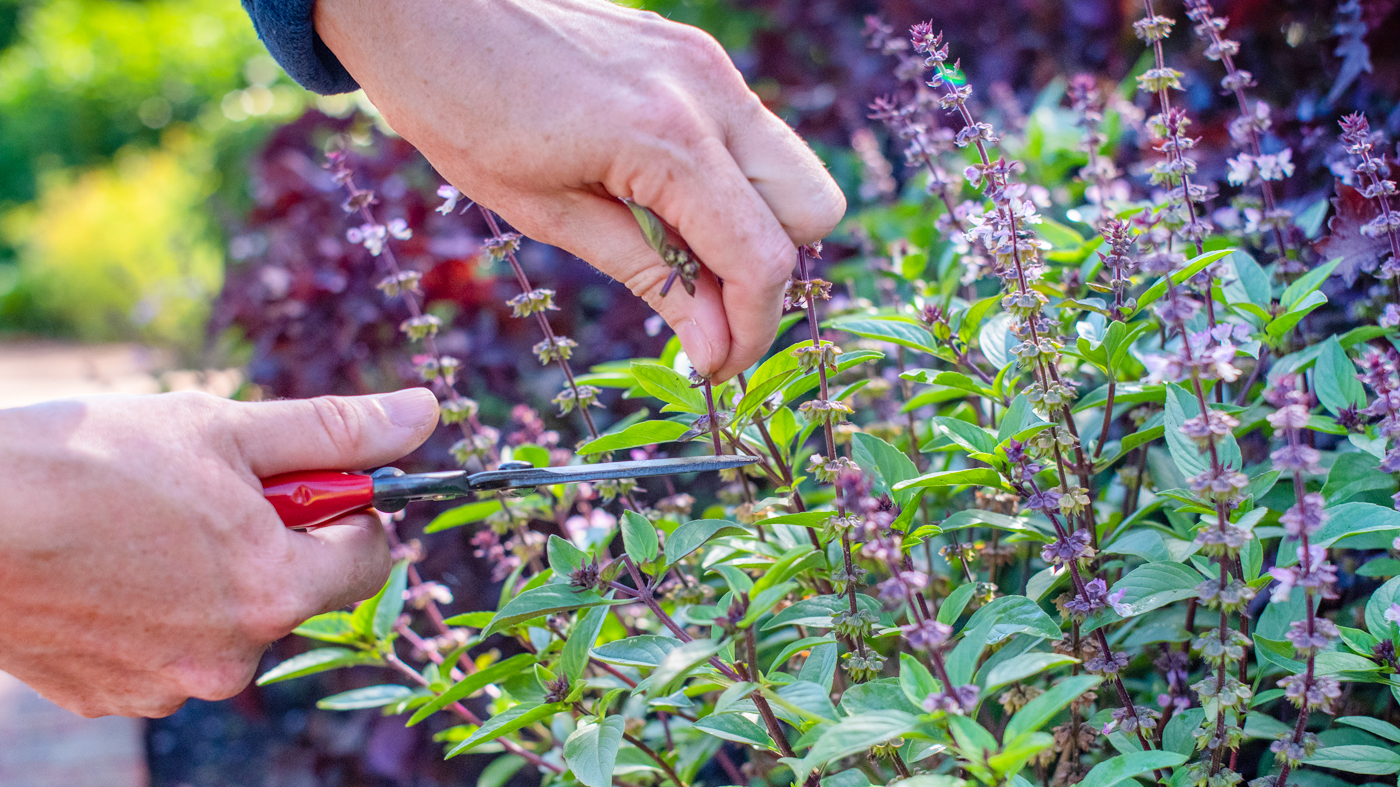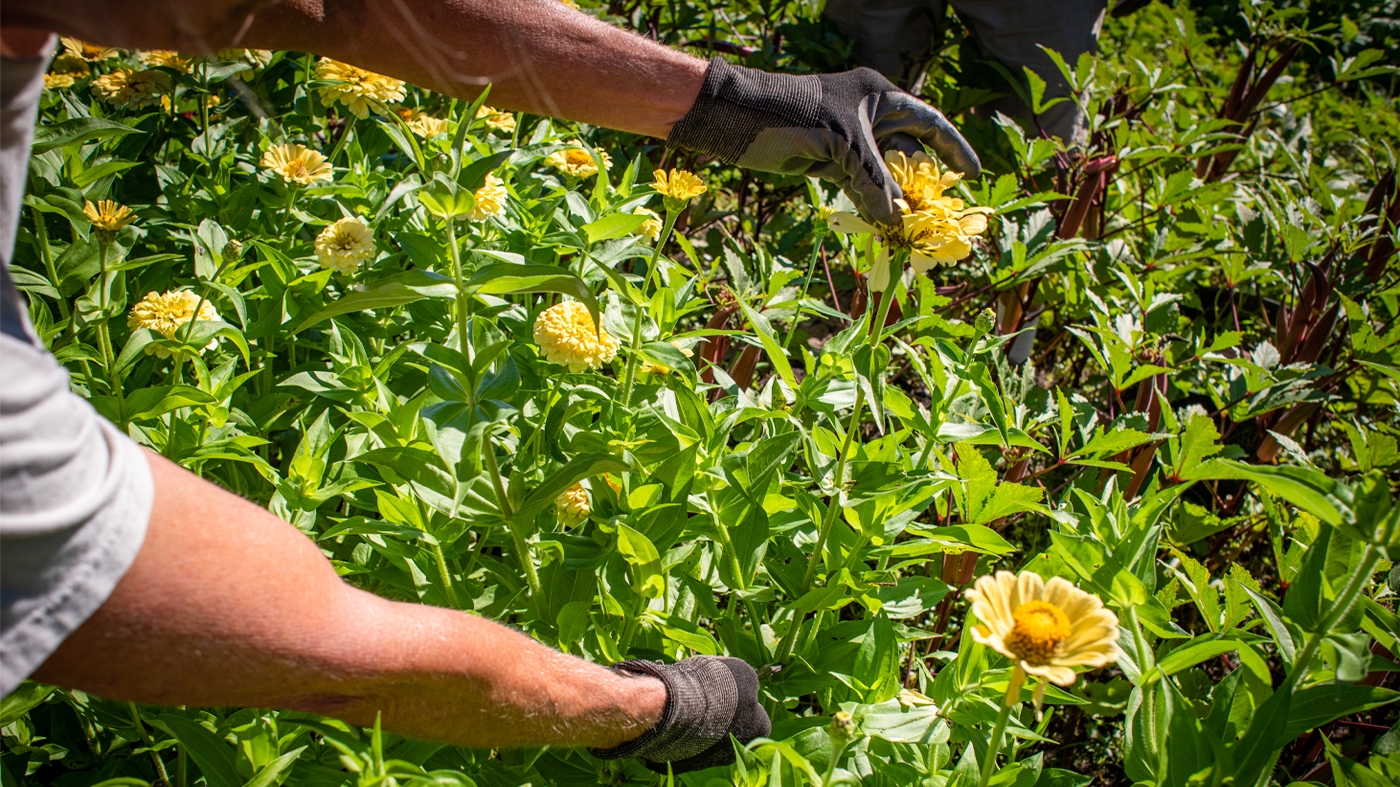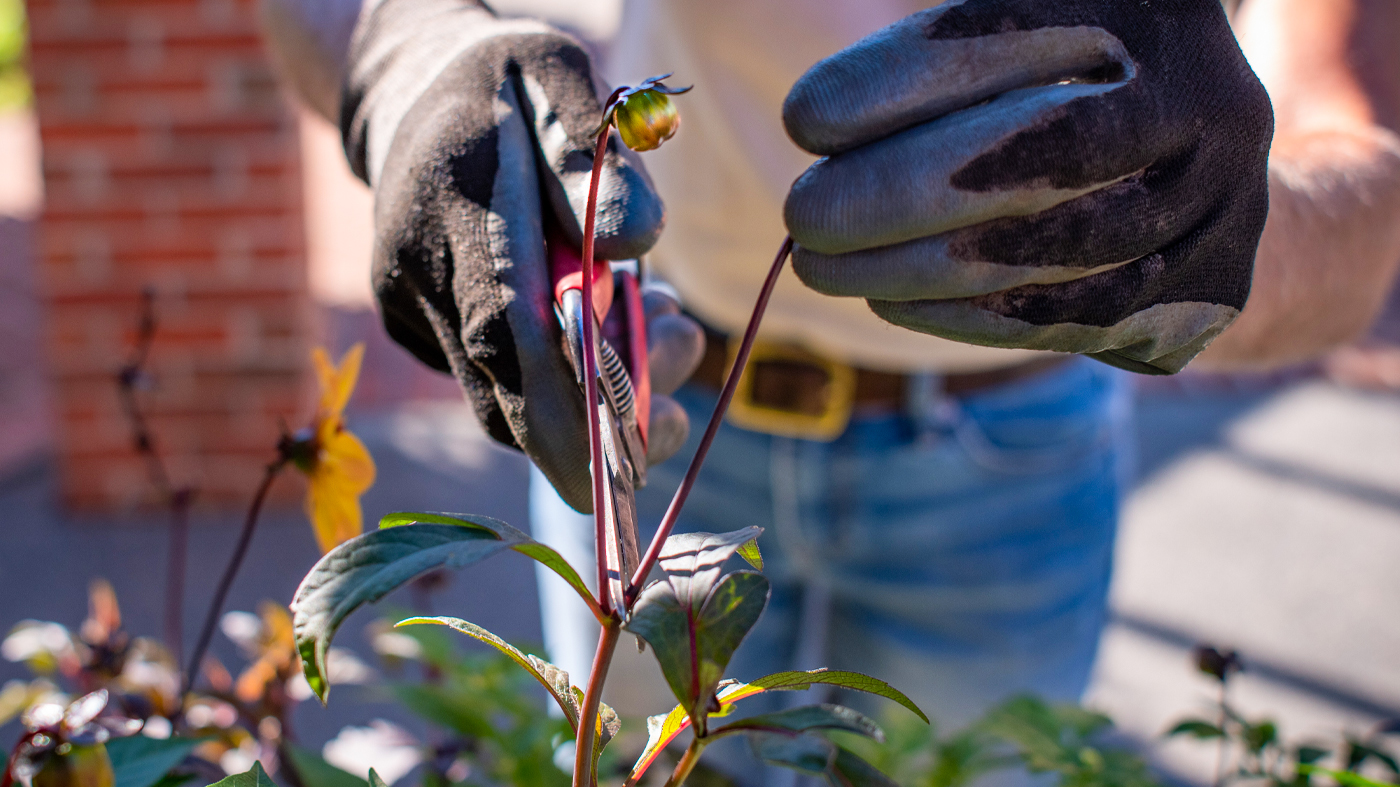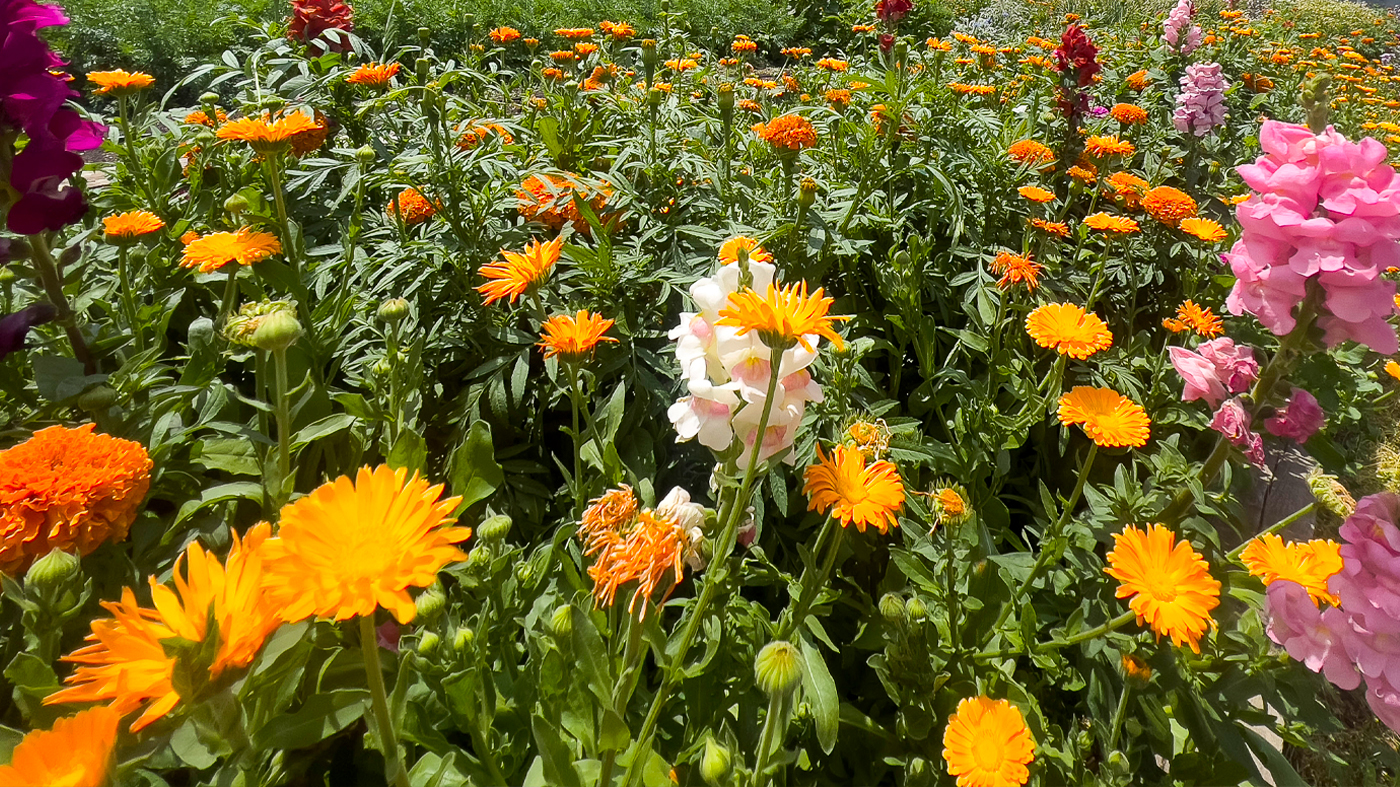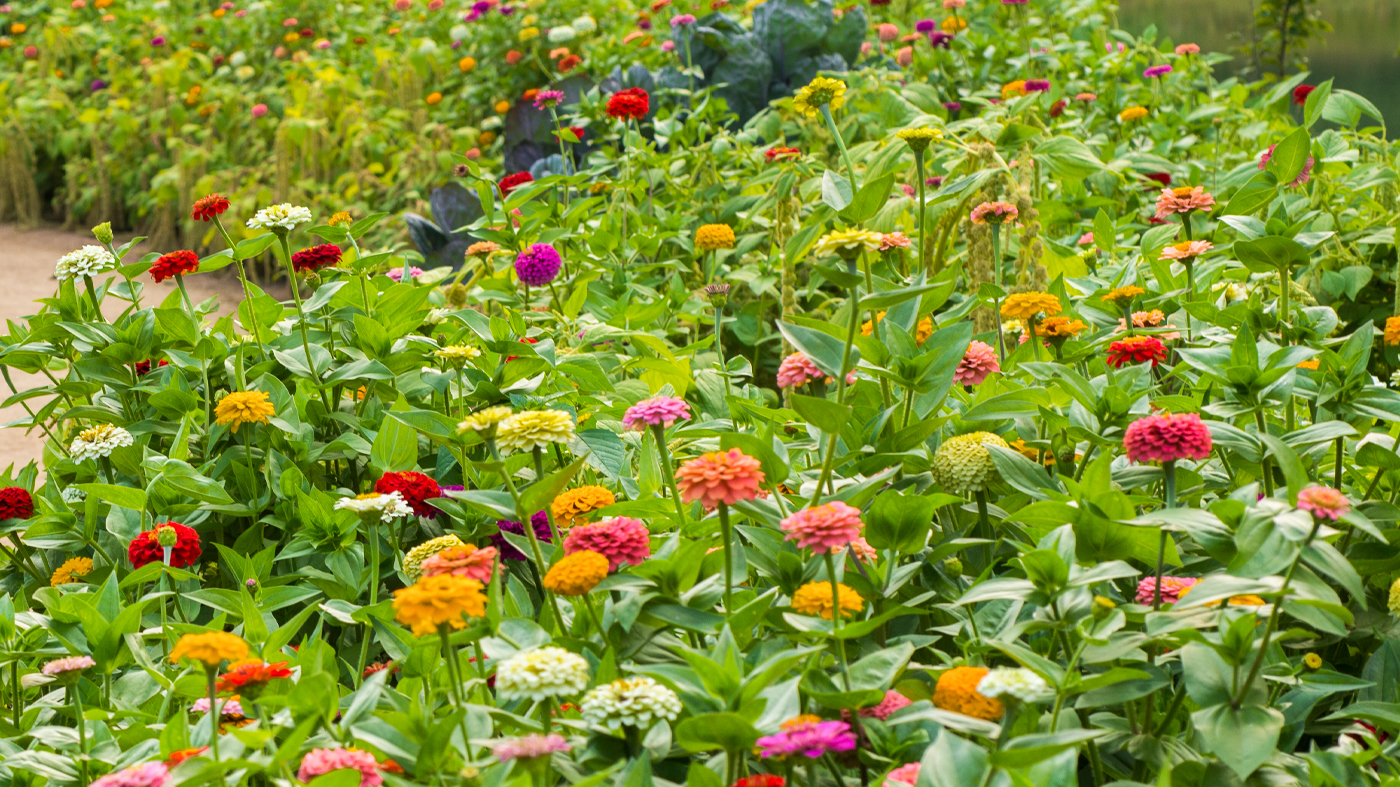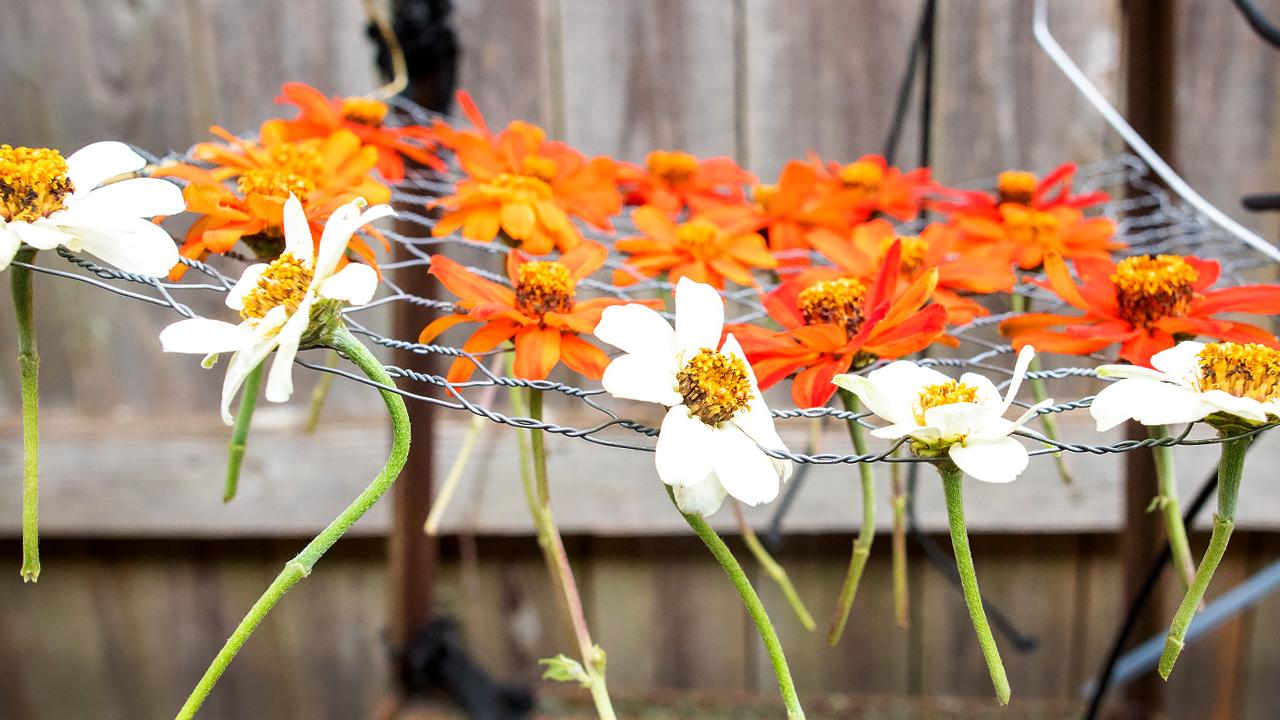

How-to
Garden Stories
How to Deadhead Annuals for More Blooms
If you want to keep your garden bursting with color from spring through fall, there's one simple habit to pick up: deadheading.
Deadheading—removing spent or browning blooms—is one of the easiest and most effective ways to encourage more flowers. It’s quick, satisfying, and helps your plants look their best.
Heather Sherwood, a senior horticulturist, shares these tips.
Why deadheading matters
“Deadheading redirects the plant’s energy,” said Sherwood. “When you remove fading blooms, the plant focuses on new growth and flowering instead of setting seed. You’re helping the plant do what you want—keep blooming.”
It’s also a visual upgrade. Removing tired flowers freshens the appearance of the garden and keeps plants looking vigorous and healthy.
Start with these bloomers
Not every plant needs deadheading, but many common annuals benefit tremendously from it. Some of the best responders include zinnias, cosmos, sweet peas, delphiniums, calendulas, poppies, feverfew, and roses, Sherwood said.
“These are all fast bloomers,” she said. “They’ll keep producing flowers if you keep removing the old ones.”
That said, not all plants require deadheading. Some modern cultivars are bred to be “self-cleaning,” meaning the old blooms drop off naturally.
The right technique
Deadheading doesn’t have to be complicated, but a little care improves results.
“My advice is to trim back to the strongest growing point,” Sherwood said. “That’s not always at the first leaf union—sometimes it’s deeper in the crown of the plant.”
Look closely at the stem just below the old flower. You’ll often see new buds or leaves emerging. Cut just above that point. You can pinch small blooms with your fingers, but for thicker stems or more precise cuts, use garden snips or scissors.
Another tip: take care not to remove buds that haven’t opened yet. It’s easy to clip off future flowers if you’re not paying close attention.
Keep a weekly rhythm
So how often should you deadhead?
“I like to do it weekly,” Sherwood says. “That way, it never becomes overwhelming, and you catch things before they go to seed or start looking ragged.”
Some plant lovers make deadheading a part of their routine garden stroll—just five or ten minutes a few times a week can make a big difference.
Deep cuts for perennials
While deadheading is mostly associated with annuals, Sherwood points out that some perennials benefit from more aggressive post-bloom care.
“With delphinium, for example, I cut the entire bloom stalk down to the ground once it starts forming seeds,” she said. “That allows more light and air to reach the new shoots and helps the plant refocus its energy.”
She uses the same technique for several other plants, including Polemonium, Brunnera, Astilbe, Alchemilla (lady’s mantle), and perennial Geranium. Cutting these back after blooming helps remove older leaves that may be less effective at photosynthesis and creates new space to thrive.
Don’t forget to observe
Like many gardening tasks, deadheading is as much about paying attention as it is about pruning.
“Take time to notice what your plants are doing,” Sherwood said. “You’ll start to see the rhythms of when they bloom and fade, and when they’re ready for a trim.”
Every plant is different, and conditions like weather and soil can influence how fast they cycle through blooms. With a little practice, you’ll start to recognize the signs.
